If you turn back time, to around 110 million years ago, during the Cretaceous period, turtles had already begun to evolve. And, since evolving, so long ago, turtles haven't changed much.
Green Turtle Happenings
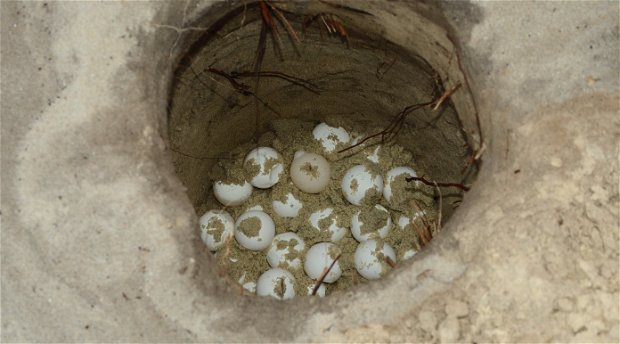
In Tanzania, Green Turtles, (Chelonia mydas), during the months of April to July, often appear on Sange Beach, home to Kijongo Bay Resort, to lay their eggs. This year, Kijongo Bay Resort, with the assistance of Sea Sense, have again become custodians for several Green Turtle nests. Sange Beach, Pangani, is one of only a handful of beaches on the Tanzanian mainland where Green Turtles come ashore to lay their eggs.

According to World Wildlife Fund (WWF), turtles are listed as an endangered species and are listed as category 1 CITIES. Globally turtle populations are declining due to habitat destruction, incidental capture in fishing nets and the over exploitation of turtle meat and eggs.
In June of this year, Frank Kiwelu, Kijongo Bay’s head of maintenance, was taking a stroll down Sange Beach, at dusk, and happened upon a Green Turtle emerging from the ocean, to lay her eggs. When this sighting was reported to Sea Sense, they requested that Kijongo Bay Resort take custody of the nest, for safe keeping.
A few weeks later, another nest was found by a Sea Sense volunteer and moved to Kijongo Bay. Happily, a third nest has also been found and moved for safety in July. We now are eagerly waiting for any hatchlings to appear. You could say we are extremely eggcited.
Kijongo Bay Resort has volunteered, as a a safe haven for Green Turtle nests, since opening their doors to guests in 2013.
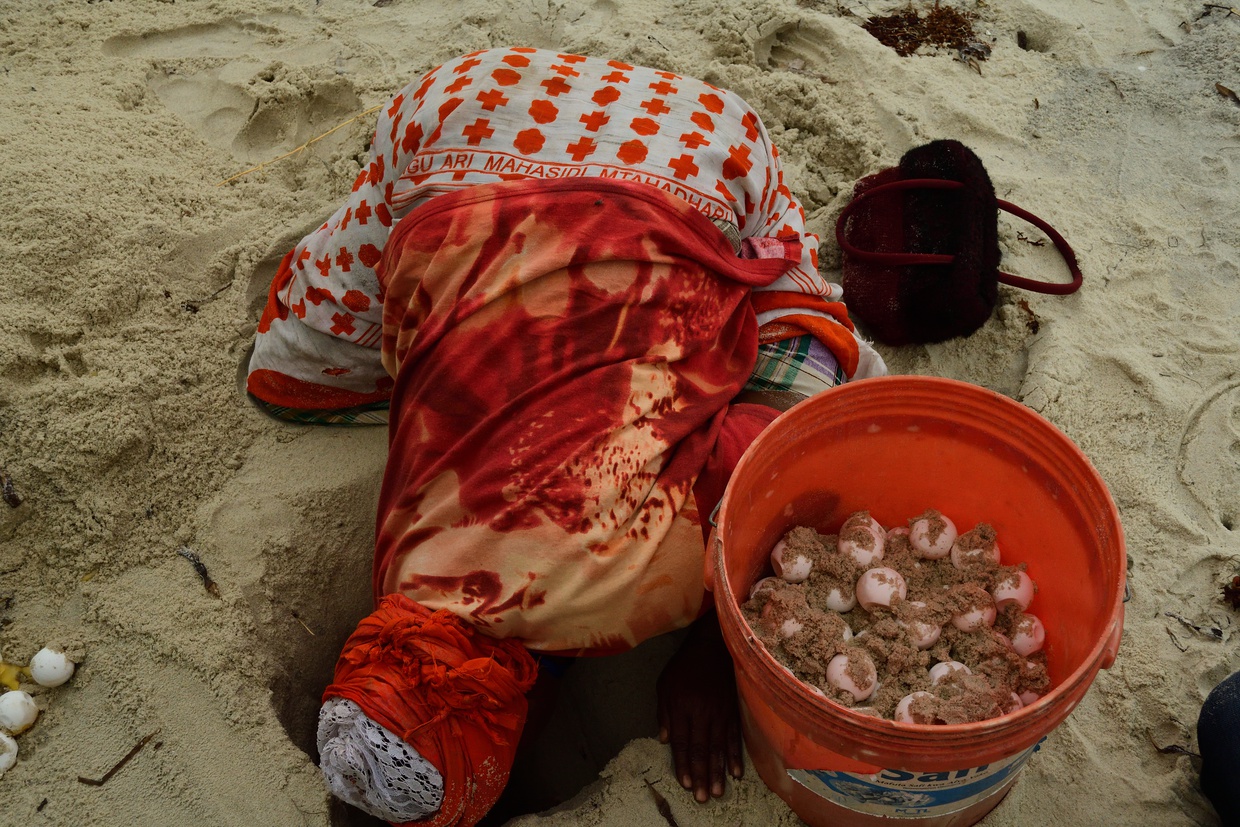
During the southeast monsoon season (April to July), Sea Sense volunteers patrol beaches where Green Turtles are known to nest. When a fresh nest has been discovered and a safer location to move the nest to has been found, the nests are excavated, measured and the eggs are counted. When relocating the nest, the area is checked that it is suitable and has similar characteristics as the original nest, as we want to cause as little disruption and disturbance as possible. Newly dug nests are first measured, to ensure that the dimensions replicate the original nest. The eggs are then gently placed into the hole and covered by sand. The new nest is marked dated and checked regularly for any disturbance and for signs of hatching.
Green Turtle eggs generally hatch 55 days after being laid. However, the hatchlings can take between 2 and 5 days to reach the surface before they emerge from their nest. Hatchlings usually emerge at night and orientate themselves to the ocean using the brightest light. Once in the ocean, hatchlings navigate using wave direction, current and magnetic fields, to reach deeper offshore areas, where they then drift on the oceanic currents. It is thought that by crossing the beach and swimming away, turtles have an imprint of their birth beach and use these cues to return to the same beach, when they are mature enough to breed.
The most cited predator of turtle eggs is humans, followed by monitor lizards, snakes, mongoose, pigs (or warthogs as is the case on Sange Beach) and dogs. By moving the nests to Kijongo Bay Resort, the nests are better protected from poachers and predators, giving a higher chance of survival for the eggs and hopefully the resultant hatchlings.
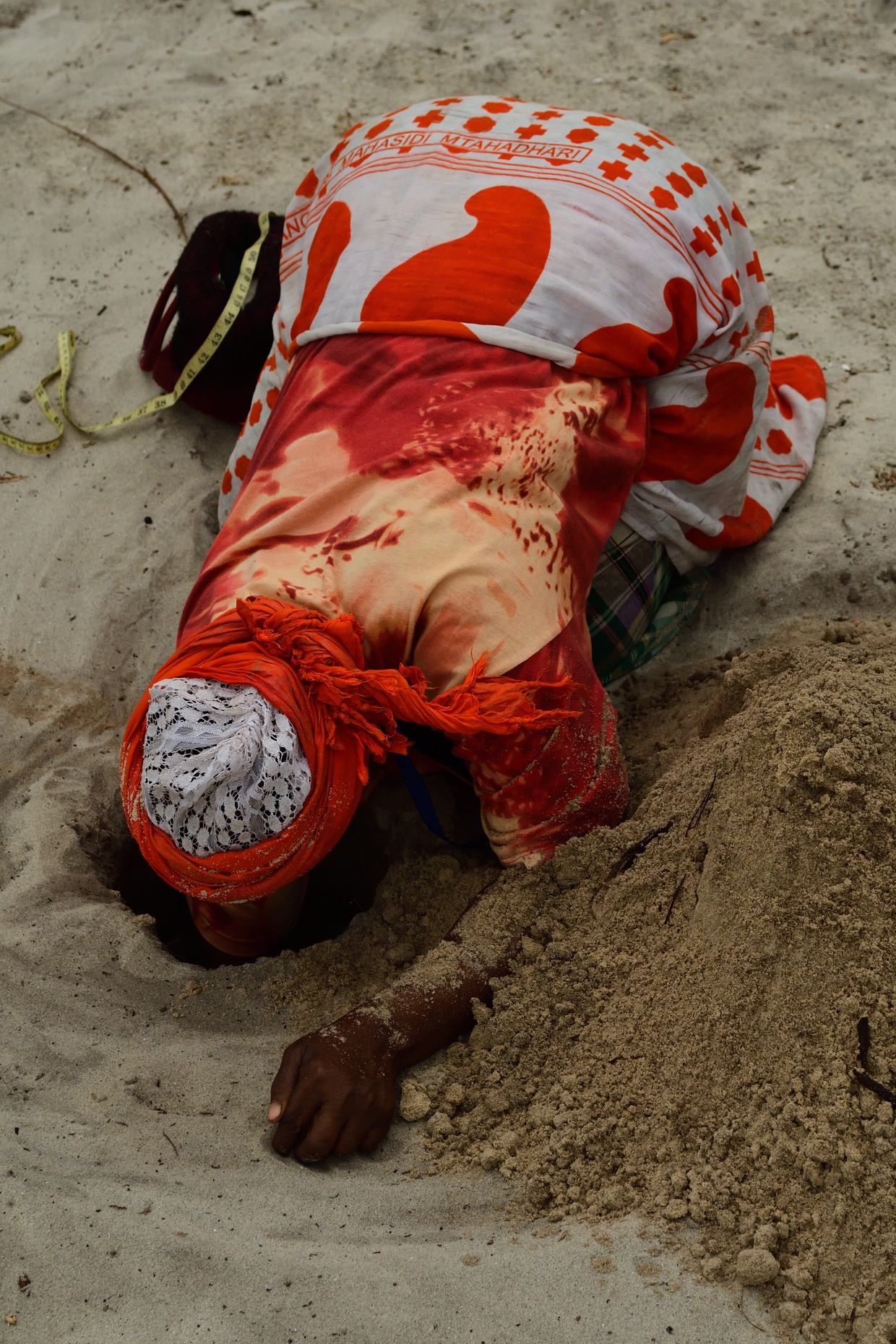
Did you know that it is the temperature of the nest that determines the sex of turtles? Warm, dark sand produces predominantly females, whilst cool, white sand results in mainly males.
Further Reading
From the copra, at Kijongo Bay Resort, we produce our own virgin coconut oil, which we use for making home-made soap.
At Kijongo Bay, we are lovers of anything coconut, so we thought we would let you in on our secret on how we make our creamy coconut milk, which is served daily at breakfast. Being situated right on the beach, surrounded by coconut palms, access to fresh coconuts doesn't pose a problem here at Kijongo Bay. Coconut milk's rich and creamy taste, with its hint of sweetness and tropical flavour, goes really...

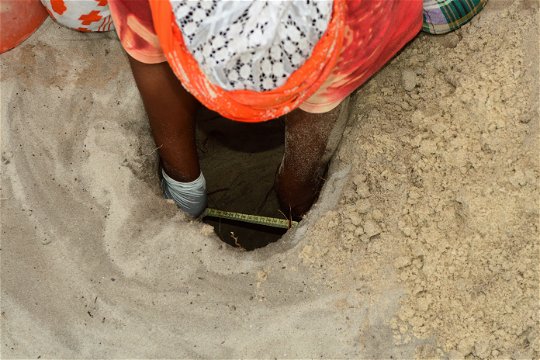
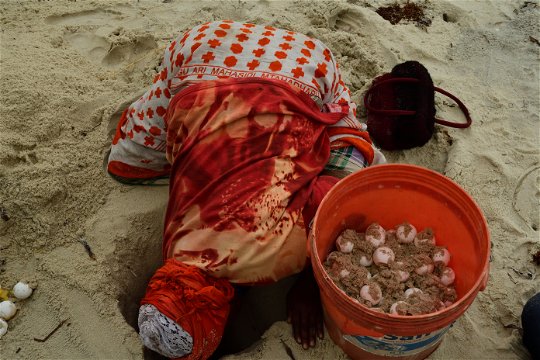
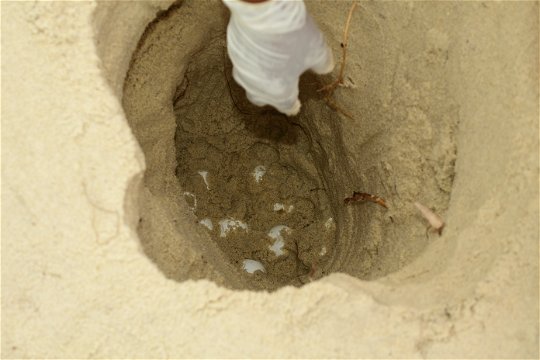
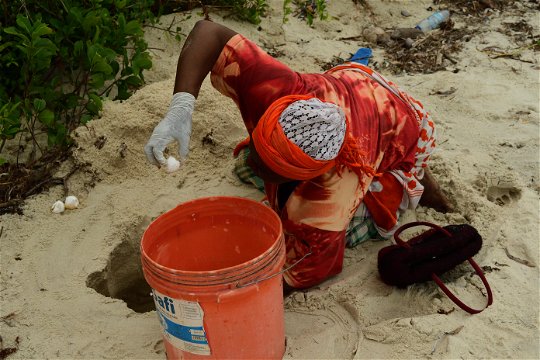






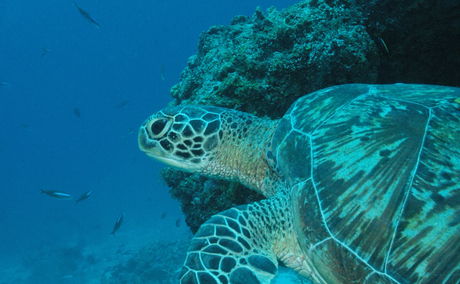
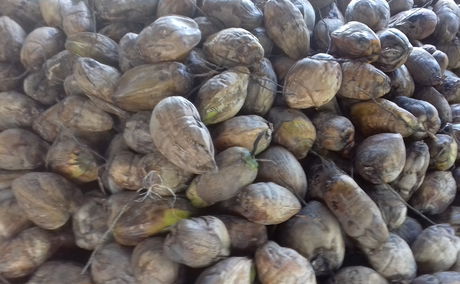
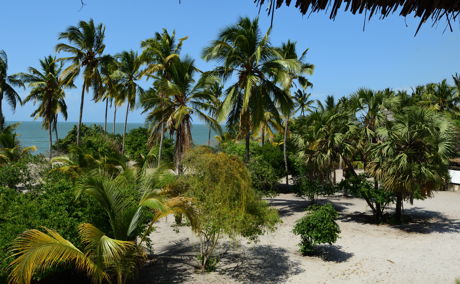
Share This Post